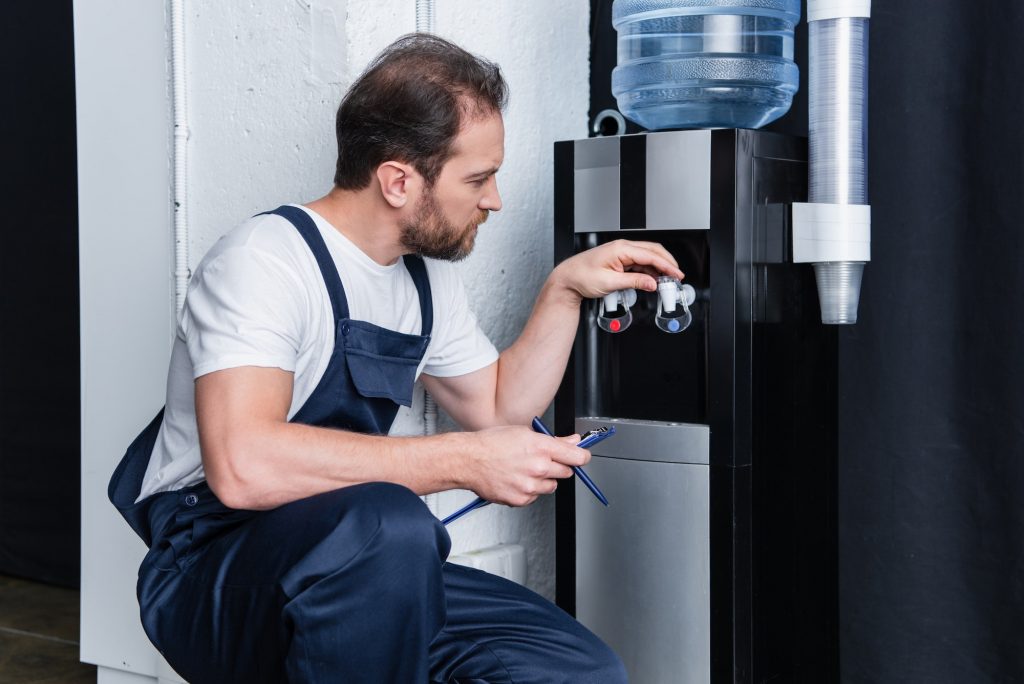The Complete Guide to Buying the Best Dehumidifier for Recycling Water

In order to purchase a dehumidifier, it is important to consider a few factors. These include size, energy efficiency, and built-in features. These factors can help you determine the best dehumidifier for your recycling needs.
Price range
A dehumidifier is an air conditioning device that uses recycled water to help remove moisture from a room. Most dehumidifiers come with a tank that holds a large volume of water. While it may seem like a waste to dump this water into a trash can, it can be useful for other purposes.
The price range for a dehumidifier varies, but most units cost between PS40 and PS450. The capacity of the unit is directly related to the price, and cheaper models may not have the advanced features that a higher-priced unit may have.
Energy efficiency
Choosing a dehumidifier that is energy efficient is essential if you want to save on energy costs. A dehumidifier should have a Dehumidifier Efficiency rating of at least 2.00. Buying an ENERGY STAR certified unit will save you up to $300 over its lifetime. EnergyStar recommends that you not undersize your dehumidifier.
A single dehumidifier can produce up to 15 liters of pure water a day. In an environment with 50-70% relative humidity, this amount is enough to run two dehumidifiers for 16 hours. These models are cost-effective, energy-efficient, and require little maintenance.
Size
When selecting a dehumidifier, the size of the water tank is very important. You want to choose one with a large capacity because it will save you a great deal of time when emptying it. A smaller tank is more likely to fill up quickly, meaning that you will have to empty it more frequently. A larger water tank will save you time and money, and will also provide you with better dehumidification.
It is also important to know the average temperature of the room you plan to place the dehumidifier in. Smaller rooms will need a smaller model, and larger areas will require a larger unit. You should measure the size of your room and take a rough measurement of the walls. Make sure to account for irregular shaped rooms as well. Then, divide the total square footage by fifty to determine the average moisture content of your room.
Built-in features
One of the best features of a dehumidifier is the ability to recycle water. This water can be used for irrigation purposes and to water plants and gardens. However, you should not use this water for drinking. This water may contain toxic chemicals.
Porting is a great feature of a dehumidifier that allows you to dispose of the condensate water. Most models have a port that can be attached to a hose. You can also purchase a separate pump and install it in your home.
Lifespan
Dehumidifiers use absorbent materials to capture moisture from the air. This moisture is then converted into water droplets and collected in a tank. Then, the dehumidified air is released into the atmosphere. Throughout its lifespan, the device will reduce the relative humidity.
Water collected by a dehumidifier is often used to water houseplants. The water from a dehumidifier has a pH level of about neutral, which makes it perfect for growing plants. In addition, it is free of chlorine, which is harmful to the environment of plants. Plants that utilize recycled water are healthy, safe, and renewable resources.
Environmental impact
A dehumidifier that recycles water can help you lower your household water bill while also being more environmentally friendly. Recycled water can be used for various household chores, such as mopping floors, washing windows, or rinsing dishes before you put them in the dishwasher. This water does not contain mineralized water, so you do not need to worry about using it to water plants.
Water hardness is determined by the mineral content. Hard water has high levels of minerals, whereas soft water has low levels. While each type has its advantages and disadvantages, the World Health Organization recommends using soft water for home use. This type of water helps reduce the risk of scaling in pipes and improves the quality of laundry. However, you should not drink the water from a dehumidifier.






